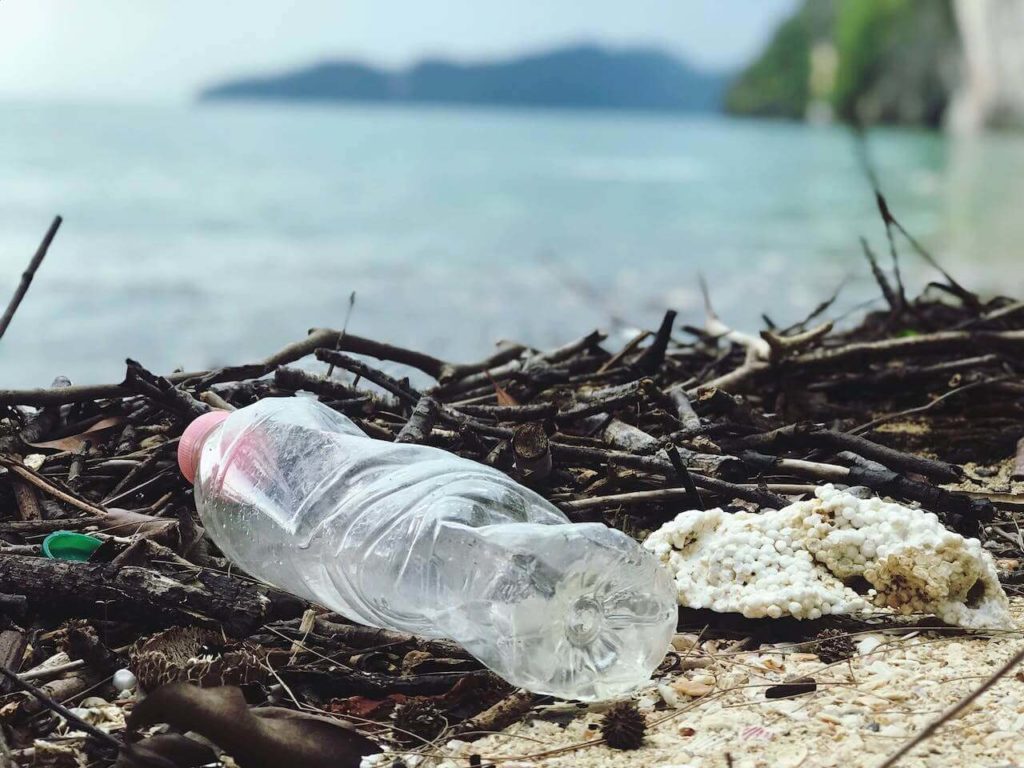Greenpeace has warned that recycling plastic might make it more harmful and should not be regarded as a solution to the pollution challenge ahead of the latest round of international plastics treaty discussions. Many of us think what happens to plastic that is recycled?
Plastics are already at odds with a circular economy, the Worldwide Environmental Network stated in a report that compiled evidence demonstrating that recycled Plastic Pollution is more harmful than virgin elements.
Separate research has demonstrated that breaking down plastics for recycling spreads tiny plastic particles into the environment. The publication is scheduled to coincide with the start of new talks for a prospective global plastics treaty.
Plastic Pollution Facts- Can Plastic Be Recycled?
Bags, single-use plastic bottles, containers, car parts, pipelines, and siding are all made of plastic. Similarly, plastic garbage is all around us. While the impact of Plastic Pollution on marine life is widely established, scientists are only now beginning to investigate the impacts of single-use plastic on humans and human fertility, land ecosystems, crops, and other plants.
In 2018, the United States alone created 35.7 million tons of plastic garbage. 27 million tons were landfilled, 5.6 million tons were burnt, and three million tons, or 8.7 percent, were recycled. According to some studies, plastic debris carried abroad for recycling may end up in landfills and rivers.

Researchers estimate that almost 7,000 million tons of pure single-use plastic were manufactured globally in 2015. 9 percent of that may have been recycled, 12 percent burnt, and the remainder remains in landfills, still in usage, or our environment. Approximately one-fourth of all Recyclable plastic waste is never recycled globally. In poorer nations, discarded plastic occasionally gets burned in the open, releasing harmful compounds into the environment.
Are all the Plastics Recycled Plastic?
Many household plastic waste recycling products have triangular recyclable symbols stamped on them. However, only two types of plastic are frequently recycled:
#1. PET Bottle Recycling or polyethylene terephthalate, or PET for short, and
#2. HDPE or polyethylene with a high density, and usually only bottles, tubs, and jugs (not, for example, salad containers, fruit boxes, or clamshell packages). These constitute only a small portion of total plastic trash.
Recyclable plastics are often downcycled rather than fully recycled. Upcycling occurs when plastic trash is converted into a more desirable product, such as clothing or shoes.
Recycling yields an equivalent product that can be recycled several times. However, the number of times a plastic may be efficiently recycled is currently restricted.
What happens to the Plastic that is not Recycled?
Recycling is the most evident way to reduce plastic pollution. The vast majority of plastic, however, winds up in landfills. Some single-use plastics are biodegradable, whereas others are compostable and must be taken to a commercial composting facility.

According to the United States Public Interest Research Group (US PRIG), 94% of Americans support recycling. 70% of Americans believe that recycling must be prioritized. Only 34.7% of all Americans recycle.
In the United States, less than 10% of plastic is recycled yearly. The remaining 33 million tons are wasted, with 22-43% of Plastic Pollution ending up in landfills and the remainder burnt or littered; all three have a negative impact on the environment and human and wildlife health, resulting in tremendous expenses.
Lastly
Reduce plastic output by improving Recycled plastic rates. This wasted plastic cannot be processed and repurposed unless it is recycled. Instead, fresh plastic must be manufactured, necessitating the use of extra natural resources.
You can help save the environment by keeping waste plastics out of landfills, the air, and the oceans, as well as reducing the amount of natural resources utilized to create new plastics.
Recycled Plastic FAQ’s-
Are there any microbes that can degrade plastic?
Yes, specific strains of bacteria are good at breaking down plastic. The most notable discovery of this bacteria was done in Japan, where researchers discovered Ideonella sakaiensis 201-F6, a bacterium capable of digesting polyethylene terephthalate (PET), the substance used in single-use plastic bottles. This bacterium accomplishes this by generating and secreting an enzyme known as PETase.
Can we eliminate plastic that has already accumulated in the ocean?
Plastic removal in the ocean is challenging due to its breakdown into tiny particles. The simplest solution is to prevent plastic from entering the water in the first place.
What can I do on an individual level to reduce plastic waste?
To preserve food quality, safety, and shelf-life, eliminate non-essential plastics. Avoid fully eliminating plastics because it may have harmful environmental repercussions. It is good to reduce plastic usage in locations where it has a detrimental influence.
Are alternatives to plastic better for the environment?
Plastics are certainly a major environmental concern, especially in terms of their effects on ocean health and species. However, it is equally critical to recognize the importance of plastic in many parts of society. It is a one-of-a-kind substance that is often lightweight, robust, non-reactive, waterproof, and inexpensive. It occupies an almost permanent place in the lives of the majority of us.


Pingback: Sustainable Packaging Trends in 2024 For Skincare You Can't Miss - Wild Oak Skincare